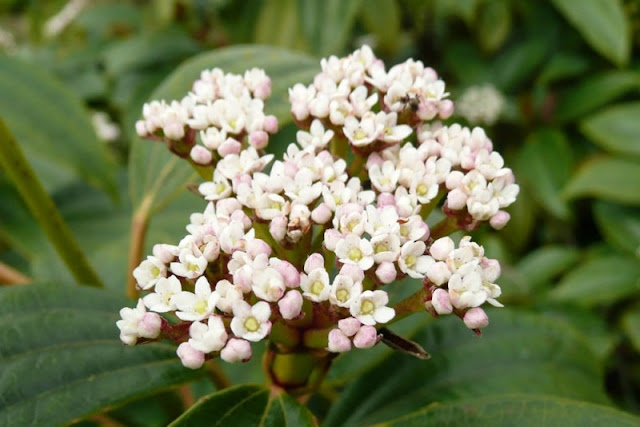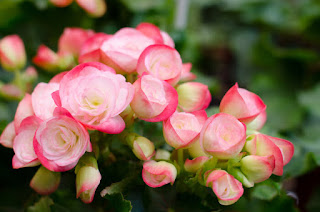
Gaillardia common name blanket flower is a genus of flowering plants in the sunflower family, Asteraceae, native to North and South America. Blank Flower “Gaillardias x grandiflora” is look like large daisies, with bold, bright markings like those of an American Indian blanket, in patterns of red, yellows and gold’s. Mostly grow about 2 ½ feet tall, but there are also dwarf varieties. They bloom in summer over a long period and are a good choice if your climate is hot and dry. Varieties include the mixed colored “Monarch Strain” and solids such as dark red “Burgundy” and Yellow Queen. Multicolored Goblin grows a foot tall.
It is resemblance of the
inflorescence to the brightly patterned blankets made by Native Americans, or
to the ability of wild taxa to blanket the ground with colonies. If you want to
grow a permanent long season of bloom, blanket flower is a great choice. The
daisy-like flowers are formed from early summer to early fall in a different shades
of orange, red and yellow, adding up sizzle to the garden and enticing
nectar-seeking butterflies.
The stem is usually branching and
erect to a maximum height around 80 centimeters. The leaves are alternately
arranged. Some taxa have only basal leaves. They vary in shape. Blank Flower
needs to grow in moist humid areas the plants may develop fungus diseases in
summer or succumb to rot from winter moisture. Moreover, you need to avoid
mulching them and given them light, well drained soil, preferably on the sandy
side. Gaillardias can be grown fairly quickly from seed, and will flower the
first year. In spring, you watch from new shoots that may appear quite a
distance from the original clump. If the center of the clump dies, discard it
and replant the side shoots.
 Many cultivars have been bred for
ornamental use. Thus care of blanket flowers includes planting in a full sun
location to keep this fast growing specimen happy. As a native plant to the
central United States and Mexico, blanket flower is a heat loving flower are
drought tolerant and do not like wet feet from soggy soil. Growing blanket
flowers can naturalize in a meadow or field adding hues of color. Easy care of
blanket flowers makes them an ideal specimen for many landscape uses.
Many cultivars have been bred for
ornamental use. Thus care of blanket flowers includes planting in a full sun
location to keep this fast growing specimen happy. As a native plant to the
central United States and Mexico, blanket flower is a heat loving flower are
drought tolerant and do not like wet feet from soggy soil. Growing blanket
flowers can naturalize in a meadow or field adding hues of color. Easy care of
blanket flowers makes them an ideal specimen for many landscape uses.














